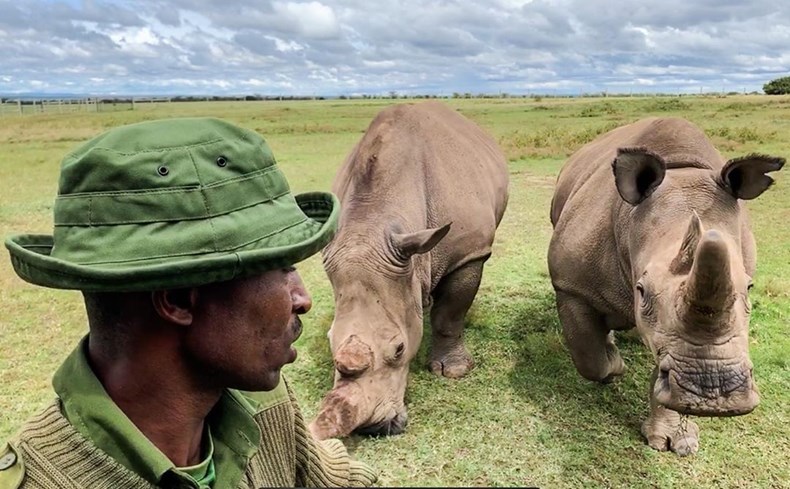WILDLIFE HERITAGE: Africa needs a paradigm shift in wildlife management; Kenya is known to be the leader and custodian of wildlife

There is an urgent need to re-structure the existing wildlife policies in Africa as conservation becomes key to the sustainability of the continent’s wildlife heritage.
This paradigm shift will definitely liven hopes that Africa’s wildlife will remain an iconic identifier of the continent’s authentic wildlife nature envied by other nations across the world.
Illegal wildlife trade has stood out as a major threat to the survival of wildlife.
Existing pressures and demands for the use of natural resources are having an impact on the continent’s extraordinary wildlife. The existing statistics on endangered species is a familiar scenario in most African countries.
Pillars
Kenya is known to be the leader and custodian of wildlife in Africa. This position has been buoyed by our strides in wildlife management and conservation efforts.
This is the reason for a need to adopt robust policies that will pay attention to three key pillars contributing to sustainability; conservation programs, community involvement, and conservation enterprise approach.
The country today boasts of 23 national parks 26 conservancies, 26 game reserves, 160 community conservatives, and over 150 non- governmental organizations that play a major role in ensuring that we protect our endangered species.
This provides a chance to reinforce the integration of conservation efforts with local livelihoods; national economic interests will be achieved through conservation.
Namibia has a similar model, where innovative conservation programs have restored wildlife on a remarkable scale. This has enabled the locals to manage the conservancies and reap benefits accrued from their use.
Kenya has the largest conservancy community in the world, a major score to our success story in wildlife heritage. The conservancies are owned and commendably managed by the locals, who have played a crucial role as buffer zones to our parks and reserves.
Recently the government extended about 100 million USD stimulus package to all conservancies in Kenya to assist their operations that have been negatively affected by the COVID-19 pandemic. A further 5,500 local scouts who will boost security surveillance are to also benefit from the stimulus package through Kenya Wildlife Services (KWS).
Communities are able to identify and harness business opportunities based on natural resources, hence benefiting their livelihoods and at the same time, support conservation programs.
Global arena
To firmly ground conservation efforts, all concerned nations must speak in one voice and adopt a similar policy standpoint. Last year in Geneva, during the 18th Meeting of the Conference of the Parties (CoP18) to the Convention on International Trade in Endangered Species of Wild Fauna and Flora (CITES), Kenya represented other Africa Nations with proposals on wildlife conservation and protection.
The proposals were adopted either by consensus or overwhelming majority votes while those seeking to promote trade at the expense of the species conservation were rejected. This was a major score for the sustainability of our wildlife.
Another score was Kenya’s disposal of the largest stockpile ivory at Nairobi National Park in 2016 and subsequent China’s ban on ivory in 2018, re-enforcing campaigns against anti-poaching.
For more information on Kenya's wildlife conservation visit https://magicalkenya.com/what-to-see/conservancies/
Kenya Tourism Board, Communication Unit
